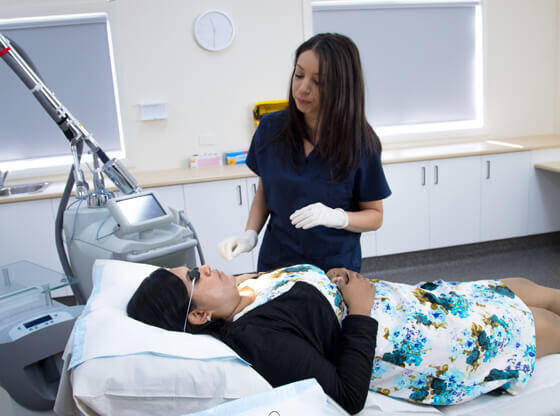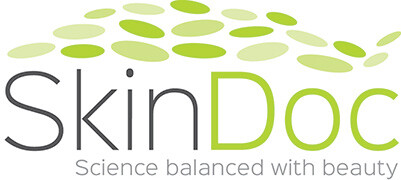Laser Skin Resurfacing
These treatments can achieve amazing results by:
- Dramatically rejuvenating your face
- Reduces wrinkles, blemishes and acne scars
- Improves and tightens skin texture
Laser treatments we offer are:
Ablative Lasers
These include the CO2 lasers and Erbium YAG lasers
The 2940 nm Erbium YAG laser has an absorption coefficient that is 16 times of the CO2 laser, another ablative laser. It has a shorter pulse duration, narrower depth of vaporisation and smaller zone of residual thermal damage.

Non-ablative lasers
These include infrared wavelength lasers – 1064nm Neodynium YAG, 1320nm Neodynium YAG, 1450 nm diode, 1540nm erbium: glass.
They deliver heat to the dermis without creating an epidermal wound leading to stimulation of neocollagenesis.
Microlaser Peel
This is an intraepidermal laser peel that only ablates 20-60 um of tissue and is therefore the effects of the laser is limited to the epidermis. It ablates the full epidermis and utilises 100% density treatment. It is repeated 2 to 4 times four to six weeks apart.
It leads to improvement in skin texture with smoother skin and tightness. Healing takes 2 to 4 days. Day one after the laser peel there is crusting and redness. Day 2 the redness starts to diminish. Makeup can be worn by Day 3. Patients can return to work on Day 4.
It can even out skin tone, texture, colour and restore skin to a more youthful and younger looking skin. Microlaser peel can be combined with Broadband light. The BBL is a 100% density treatment to remove pigmented and vascular lesions and is followed by microlaser peel.
Microlaser peel can also be combined with Profractional therapy leading to deep fractional ablation for collagen remodelling. This is useful in acne scarring and laser rejuvenation of photodamaged skin.
Profractional laser
Both the Microlaser peel and the Profractional laser utilises the tunable resurface laser technology (TRL) where it maintains independent control over ablation and thermal effects. It is possible to ‘turn off the heat’ and deliver pure ablation. Deep ablation is possible with minimal risk. There is precise control over ablation depth. The Profractional laser can be used in various modes from no coagulation to emulate Er: YAG to significant coagulation to emulate the carbon dioxide laser.
It absorbs water 14.6 times more efficiently than carbon dioxide laser. This leads to greater control of ablation depth and vaporisation of tissue. Nearly all of the energy of the laser is involved in tissue vaporisation and no energy is radiated to surrounding tissue.
The profractional laser creates microablative channels deep into the dermis to stimulate new collagen growth surrounded by islands of untreated skin to promote rapid wound healing. This treatment can be used in various conditions including acne scarring, fine and deep wrinkles, improvement of skin tone and texture, actinic keratoses and scar revision.
